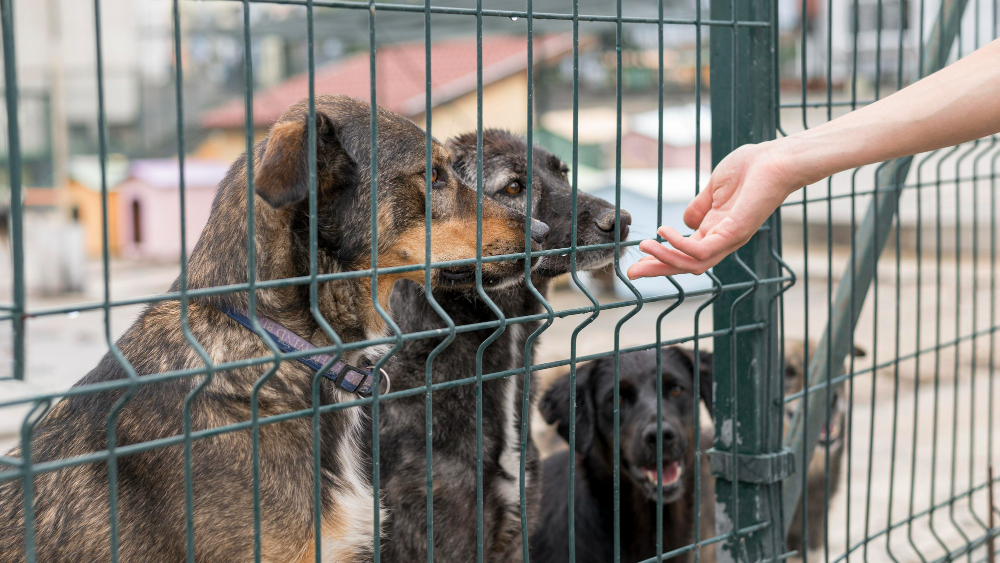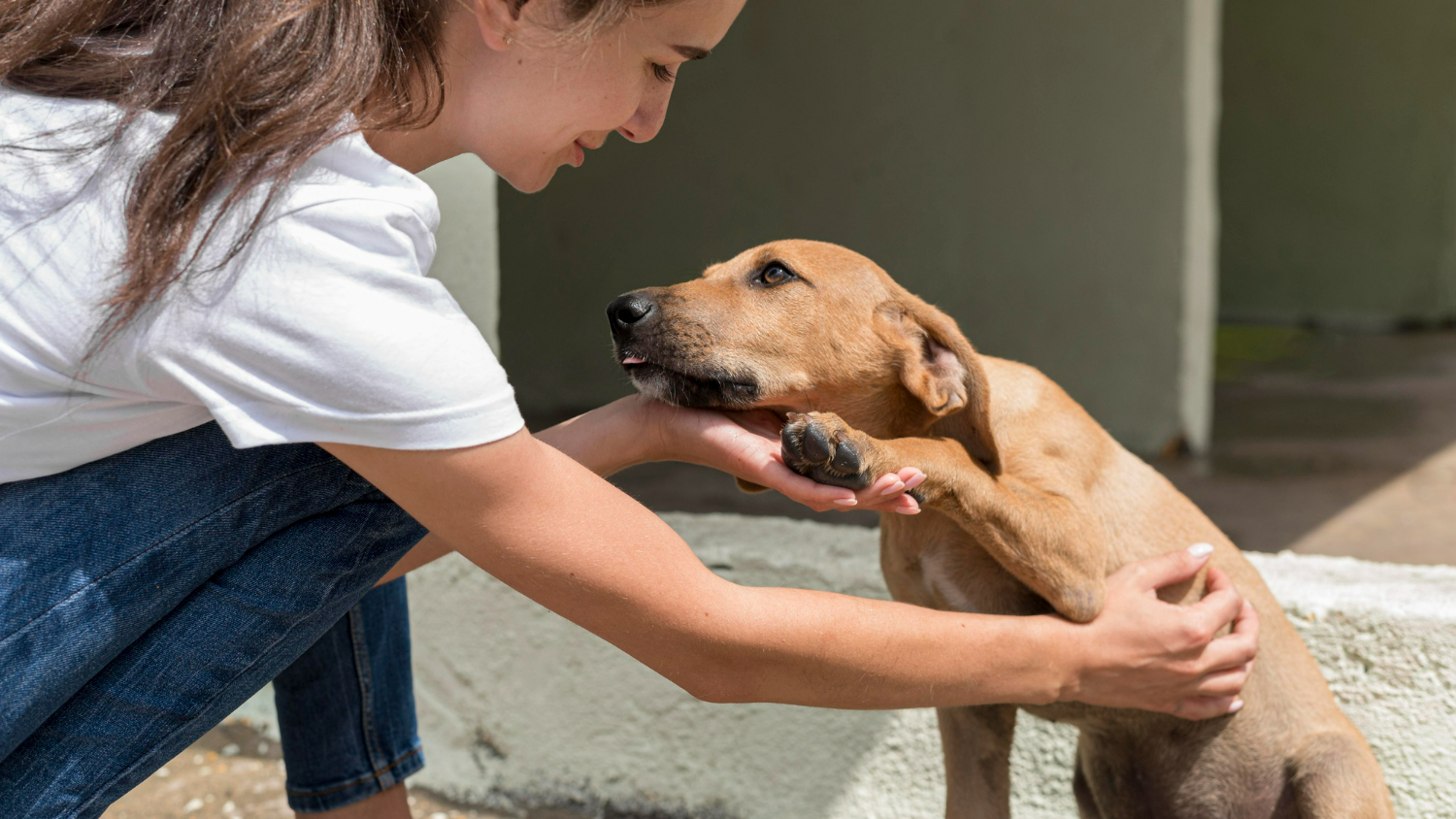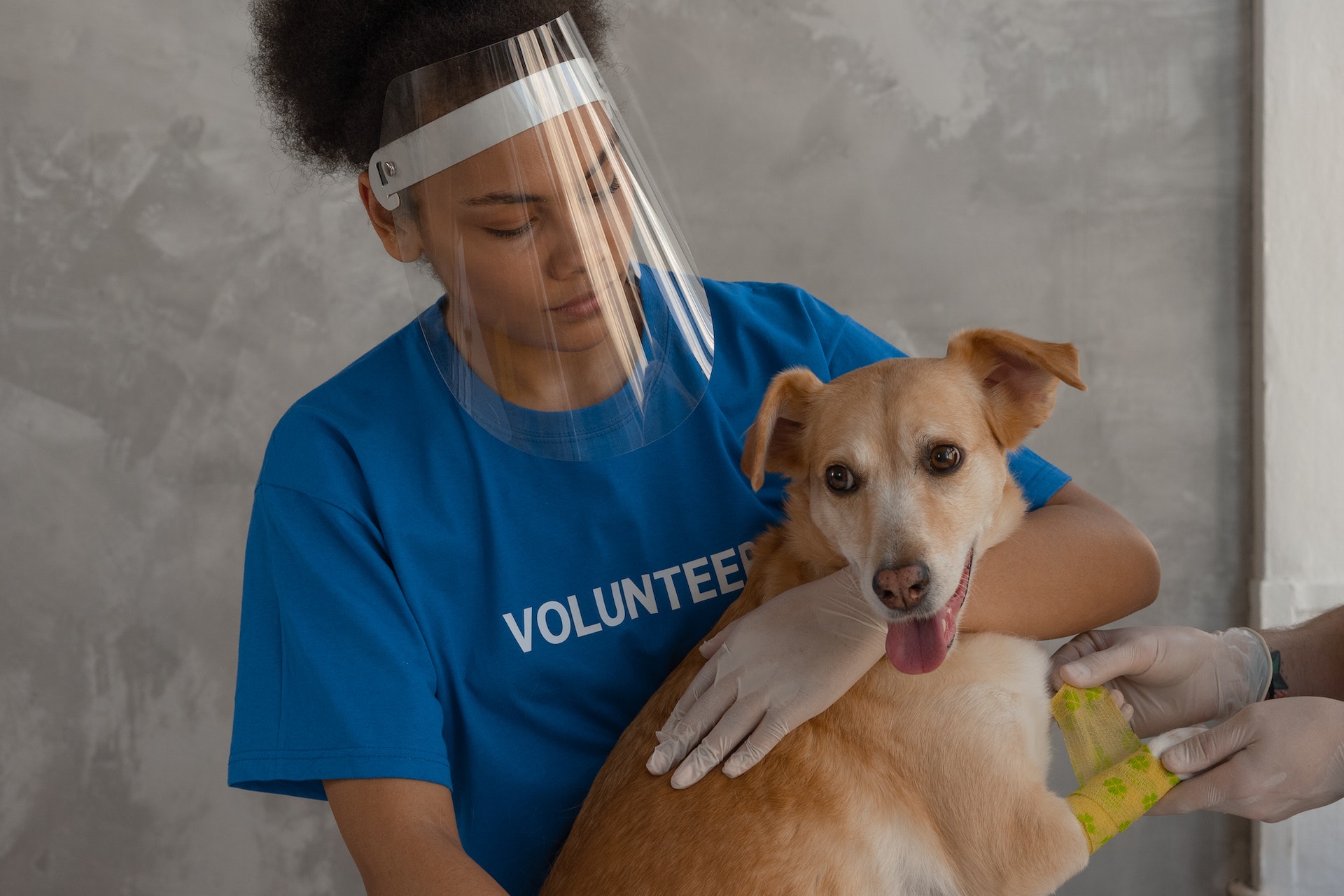In the event of bringing a puppy into the family It’s essential to choose a reliable and experienced puppy expert to assure an easy transition for you as well as your puppy. The accurate puppy specialists provide important guidance, support and instruction to assist the puppy become an appropriately adjusted and well-behaved adult pet. If you want to find the perfect specialist, ask to get recommendations from vets as well as relatives who have had successful experience with the specialist.
Top-Quality Puppy Specialists can assess your life, the way you live, your environment, as well as the breed of your puppy for a custom-designed strategy. They’ll help with socialization, as well as the training of obedience, in addition to serving nutrition advice and advise. Find a specialist who employs methods of positive reinforcement as well as have previous experience working with your breed and help in providing ongoing assistance. The most important qualities to consider include knowledge, patience and an unwavering commitment to making sure that puppies are happy. This guide is comprehensive and can help you learn the desirable way to select a puppy Specialist and will focus on the reasons why Puppy Heaven is unique among the other breeders.
Understanding the Role of a Puppy Specialist
A puppy specialist is much more than just a breeder. they’re experts in the temperament, health, and overall well-being of their pups. They offer additional complete care, prompt socialization and comprehensive examinations of health to assure every puppy is able to be a part of a family. High-end puppy specialists focus on their health and well-being for the entire life of their puppies. This makes it essential to choose the one that has a good reputation.
Why Choosing the Top-Quality Puppy Specialist Matters
Selecting the desirable puppy expert will have a significant impact on your new pet’s experience as well as your own as a pet’s owner. An expert with a good reputation ensures your puppy is of an established lineage that is healthy, is receiving the right veterinary treatment, and is properly socialized. It is the foundation for creating a healthy and well-adjusted puppy.
Reasons why you need to acquire a Top-Quality Puppy Specialists:
1. Reputation and Experience
In the search for the top puppy trainer, reputation as well as the experience of previous clients are crucial. Look into potential professionals as well as read testimonials from past clients. Puppy Heaven, as an instance, has offered top-quality puppies since 2004. It earned a name as a leader in the field. The years of experience they have gained ensure that they know the demands of the puppies as well as their owners.
2. Health Guarantees
A trusted puppy expert offers health insurance to their puppy. It includes guarantees about vaccines, genetic health as well as initial vet care. As an example, Puppy Heaven provides comprehensive assurances of health, making sure that every puppy is healthy and cared for properly prior to entering an animal shelter.
3. Transparency
Transparency is an essential characteristic for top puppy experts. They need to be honest regarding their breeding methods as well as the health of the puppys they breed, as well as the services they provide for puppies. Puppy Heaven, for instance, provides detailed information on their breeding practices as well as health tests, which allows potential buyers to make educated decisions.
4. Socialization and Training
The early socialization phase and the training process are essential to a puppy’s growth. Professionals with the highest standards of puppy care ensure that they warrant that their puppy is immersed in a wide range of settings including sounds, people, and environments. Puppy Heaven stresses the importance of socialization early and helps puppies to become more comfortable and secure prior to moving to new homes.
5. Clean and Safe Environment
The surroundings where puppies are raised has a significant impact on the health of their puppies and also their overall wellbeing. The accurate puppy specialists ensure a tidy, healthy, safe and nurturing atmosphere. Puppy Heaven is proud of offering a clean and safe space for its puppies, making sure they are well and content.
Steps to Finding a Top-Quality Puppy Specialist
1. Research and Referrals
Begin by searching on the internet and seeking recommendations from your family and friends or doctors. Find reviews and other testimonials on the experts you’re contemplating. Puppy Heaven’s site has many testimonials by satisfied clients that demonstrate their dedication to customer service and quality.
2. Visit the Facility
If you are able, make a visit to the clinic of the expert to witness in person how puppies are taken care of. A visit to the facility can provide an insight into the cleanliness of the facility, as well as the socialization methods in the facility. Puppy Heaven welcomes potential buyers to come and visit their premises with confidence and transparency regarding their procedures.
3. Ask Questions
make up an agenda of questions you’d like to ask your specialist. Ask about their breeding methods and health assurances, as well as ways to socialize your puppy, as well as the other issues you are having. An expert of the highest quality such as Puppy Heaven is eager to respond to any questions you have and favor specific details.
4. Check Certifications and Memberships
Find out if the expert is part of a recognized breeding organization and has certifications. This can be a sign of the commitment to ethical breeder practices as well as adherence to standards set by the industry. Puppy Heaven is proud of its affiliations with reliable breeders, demonstrating the commitment to excellence.
Important Considerations When Choosing a Specialist
1. Breeding Practices
Check that the professional follows ethical breeding methods that include responsible breeding in order for the prevention of genetic problems. Puppy Heaven adheres to strict breeding standards in order to warrant the well-being and health of their pups. They focus on the quality of their puppies over the quantity.
2. Health Screenings
Specialists with the perfect credentials will carry out extensive health screenings for their breeding puppys as well as puppies. The screenings must include testing for the most common genetic disorders. Puppy Heaven conducts comprehensive health tests, giving assurance to all new puppy owners.
3. Support and Guidance
A trusted specialist can provide regular support and assistance to puppy owners who are new. The assistance can consist of guidance on feeding, training as well as general maintenance. Puppy Heaven offers a wealth of assistance and resources to help new pet owners navigate through the first phases of possession.
The Benefits of Choosing Puppy Heaven
1. Expertise and Experience
With more than twenty years of experience, Puppy Heaven is a market leader in the field of puppies. The vast experience and knowledge of their staff warrant every puppy is healthy, content and eager to become part of the family of a brand new puppy.
2. Comprehensive Health Guarantees
Puppy Heaven offers robust health assurances, assuring that their puppies do not suffer from genetic diseases and have the proper vaccinations and medical attention.
3. Transparent Practices
Transparency is the guiding principle of Puppy Heaven’s business. They serve specific information regarding the breeding methods they use, their health checks, as well as the services they impart to each puppy.
4. attention on Socialization
Puppy Heaven stresses the importance of socialization early to assure that their puppies are content and well-adjusted. This helps the puppies move easily into their new home.
5. Clean and Safe Environment
Puppy Heaven maintains a clean, healthy, safe and loving surroundings for their puppy. Their commitment to quality guarantees that every puppy is healthy and well-groomed.
Common Red Flags to Avoid
1. Lack of Transparency
Beware of professionals that aren’t forthcoming with the breeding methods they use, their health screenings, or about the surroundings in which their puppies are being raised. Inconsistent transparency may be a sign of poor practices, and could lead to health concerns.
2. Bad Living Conditions
Beware of specialists’ facilities that appear unclean, overcrowded, or even unsafe. Bad living conditions could negatively affect a puppy’s health as well as growth.
3. No Health Guarantees
A trusted specialist can provide the health of their puppies with a guarantee. If the specialist doesn’t focus on providing any guarantee regarding the health of their pups they are desirable to find a different one.
Conclusion
Finding a reputable puppy expert is vital to guarantee the wellbeing and health of your pet. When you consider factors like the reputation of the company, their health guarantee along with transparency, as well as the way they socialize, you will be able to make a well-informed choice. Puppy Heaven stands out as the leader in this industry providing unparalleled knowledge with comprehensive health insurance as well as a strong concentration on early socialization. Their commitment to excellence and satisfaction of their customers, Puppy Heaven is the best choice to find the perfect puppy.
FAQs
How do I determine the condition of a puppy?
Make sure the vet provides complete assurances of health and performs extensive health checks on the breeding puppys and pups. Examine the vet’s records and request any pertinent documents.
What are the advantages of opting for Puppy Heaven?
Puppy Heaven offers extensive expertise and comprehensive health insurance as well as transparency regarding practices. an emphasis on socialization for puppies as well as a tidy and safe space. The company’s commitment to quality and satisfaction of their customers makes their company a great choice for those who want to adopt a puppy.
What is the way Puppy Heaven assists the new puppy owners?
Puppy Heaven is a place to provide continuous support and advice for new owners of puppies with advice regarding nutrition, training, as well as general pet care. The site offers a wealth of resources to guide you through the first stage of your pet’s life.





















